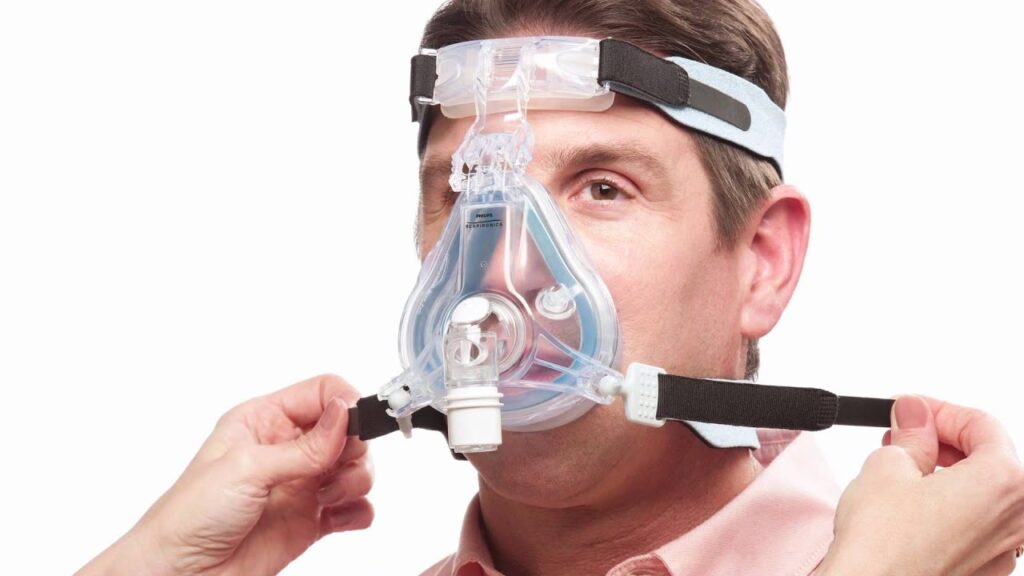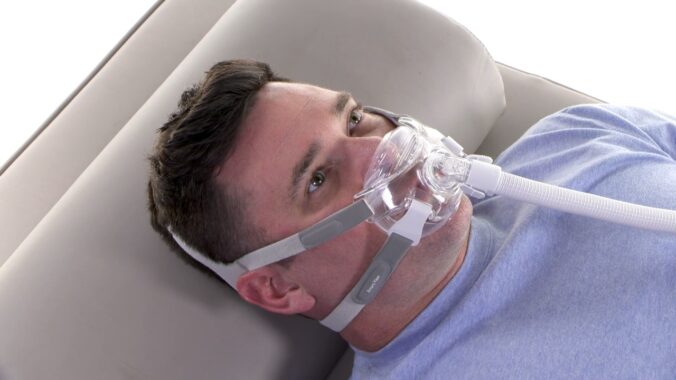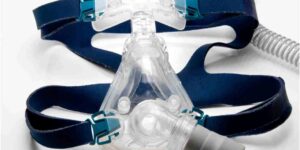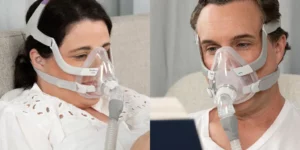Since CPAP masks are a frequently recommended medical treatment for a number of respiratory conditions, many people may use them to recover and take charge of their health. They also include rubber silicone, a commonly utilized and recyclable substance.
CPAP masks may be donated to patients in need if they are not too worn out, and if they are, they can be melted down to create new silicone products like adhesives.
This article will cover a variety of ways to recycle your cpap masks, including charity donations and silicone recycling companies.
Distributing your CPAP mask
Numerous prominent organizations have established recycling programs for CPAP units and CPAP masks, and contributions may also be given to local hospitals.

In order to fight sleep apnea, the Australian Sleep Apnea Association proposes that any donations be sent to neighboring clinics, sleep labs, hospitals, or Red Cross chapters at this time. The organization also runs a robust recycling program (The CPAP Assistance Program). COVID-19. Learn about the different types of cataract surgery and their importance in maintaining eye health by clicking here.
Patients may transfer their sleep therapy equipment to another patient in need as part of their normal program, which is temporarily put on hold. The recipient must pay $100 to the charity for processing, handling, and shipping.
Research before recycling
The Reggie White Sleep Disorders Research and Education Foundation also accepts machine contributions, provided they are not too worn or broken.
Make sure the organization you pick is reputable whether you decide to go with one of these options or a local hospital or medical institution. Before usage, the CPAP masks must be thoroughly sanitized and worn correctly by individuals who need them.

COVID-19 global pandemic is now in full swing
Given that the COVID-19 global pandemic is now in full swing, sharing respiratory equipment should be done with care even if it is allowed to provide your mask to someone who doesn’t have a prescription for CPAP. COVID-19 may spread quickly if CPAP equipment is not properly cleaned or used.
How to decide whether your mask qualifies for donation
Ideal donation criteria include equipment and CPAP masks that are less than seven years old and come from non-smoking, non-pet households. A complete list of machines that are acceptable for donation, including age and usage levels, is provided by certain organizations, such as the American Sleep Apnea Association. Images of the device are desired by other organizations.
A CPAP mask should be meticulously cleansed before being applied in the same way you would your regular mask: with soap and water or soap and vinegar. Use warm water and a soft cloth to thoroughly clean the mask after it has soaked in the cleaning solution for 30 minutes. The remaining drying time should be spent letting the CPAP mask air dry.
Uses for Donated CPAP Masks
Both CPAP machines and CPAP masks may be cleaned before being used in a medical setting, or they may be donated before being resold at a discount compared to a new CPAP mask.

Machines for CPAP for COVID-19
In an emergency, CPAP machines may be used to treat patients with mild to moderate COVID-19 occurrences, but ventilators are needed for the most severe cases. This is because CPAP devices may be modified to provide BiPAP therapy, a kind of therapy similar to CPAP but using two separate air pressures: one for inhalation and one for expiration.
Emergency cases
However, in emergency cases when there aren’t enough ventilators, COVID-19 patients simply need to utilize CPAP machines. The fact that they aerosolize the infection means that they could spread disease more swiftly. In one nursing home in Washington State, COVID-19 most likely spread due to the use of CPAP equipment.
Look for local healthcare centre
The ideal way to donate a CPAP mask for use by a coronavirus patient is to work with your local healthcare systems to be ready to use and properly clean the mask. To find one, look for a donation drive that has been arranged by medical professionals in your area.
How many individuals use CPAP masks?
The medical problems most often treated with a CPAP machine are obstructive sleep apnea (OSA) and chronic obstructive pulmonary disease (COPD), both serious illnesses treated with the same kind of CPAP therapy.
Over the course of the night, patients with OSA often pause and restart breathing, which may cause both minor symptoms like headaches and fatigue as well as serious ones like depression and heart disease. It becomes worse over time if a CPAP machine is not used to treat it.
COPD is a chronic condition that worsens with time. If left untreated, the chest discomfort and breathing issues it causes might become very worse.
Selling a used CPAP mask
A CPAP mask may be bought and sold by anyone without a doctor’s prescription, however a CPAP machine must be acquired with a prescription. Selling your old mask might assist those in need who lack the insurance necessary to purchase new equipment. It’s comparable to donating used equipment.

Similar to when you gift equipment, be sure to check it first for signs of wear and tear and avoid selling anything that is damaged or out-of-date. Be sure to include pictures, model information, and notes on the age and wear. Prior to selling the equipment, make sure to thoroughly clean it.
What are CPAP masks made of CPAP masks are comprised of resilient, rubbery silicone, which successfully wards off moisture and withstands structural damage. You should be aware that the silicone in your mask may still be utilized in a number of ways even if it is too old or worn to be donated.
Silicone is a material that may be used as an oil-based liquid or paste (grease). It is used with all of the following goods, including sensitive applications and powerful industrial solutions:
Electronics, solar panels, personal care products (shampoos, cosmetics, lotions), coatings for airbags, tubs, sinks, and showers, renal dialysis components, medicines, orthopedics, and building adhesives for use in commercial architecture.
Depending on the kind of CPAP mask you have, you may have a full-face silicone piece or a lightweight silicone nasal mask, with or without little nasal cushions linked for a cushioning effect.
Final thoughts
CPAP masks may be used by other patients as long as they are not too ratty or worn out, and a number of organizations have special programs for CPAP mask and equipment donations. They may also be melted down in specialized recycling facilities and used as silicone to create industrial adhesives and other products.
Related: Cleaning your CPAP masks





